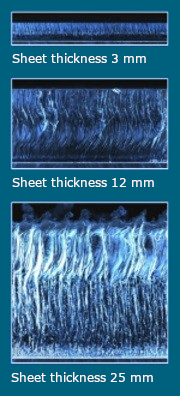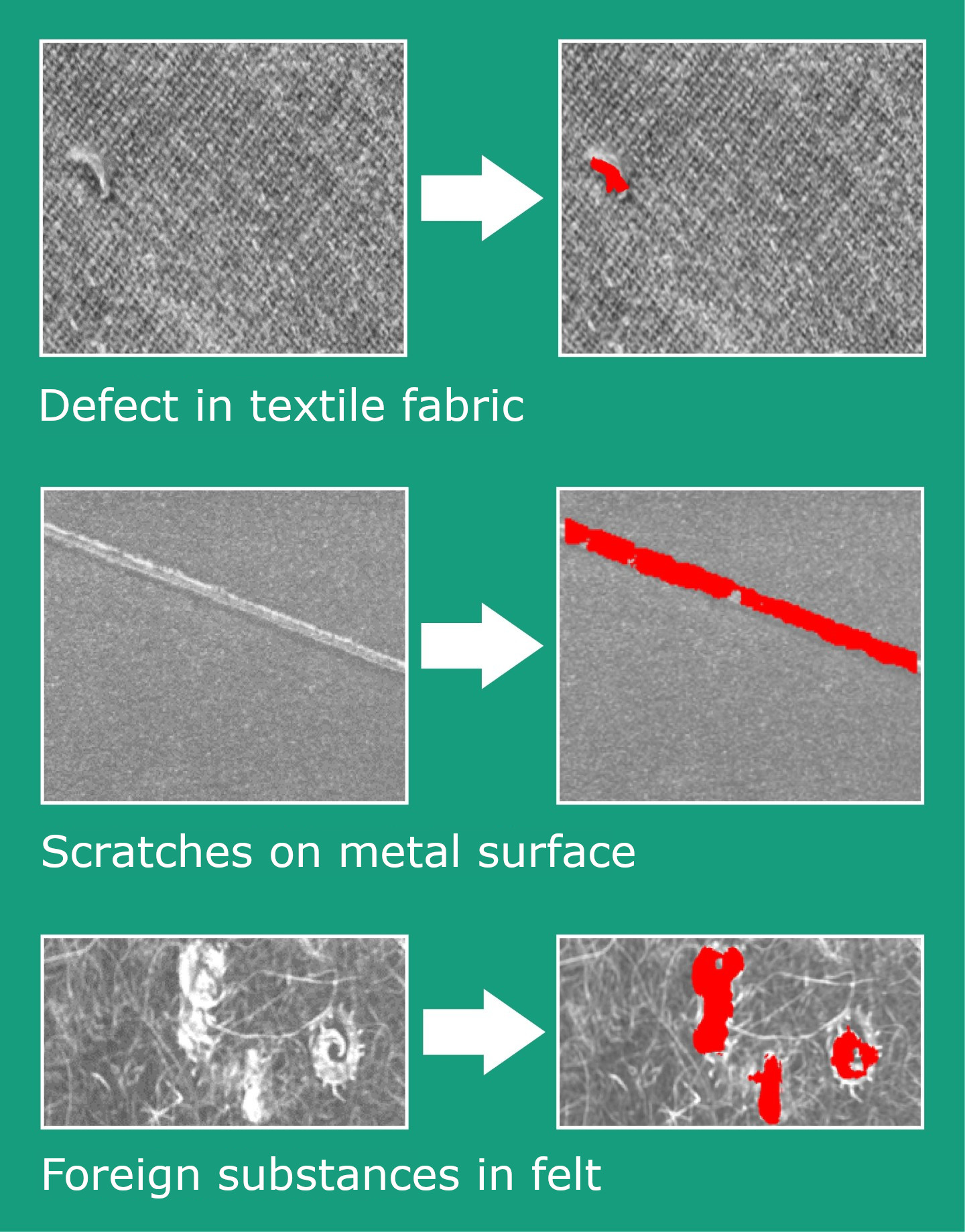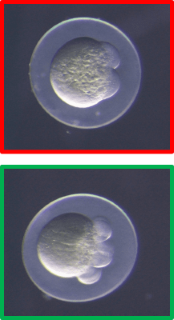
AI for quality assurance and automation

In quality assurance, artificial intelligence (AI) and, in particular, machine learning can be used to automate inspection tasks that were previously performed completely manually. Even inspection processes involving quality assurance rules that can only be defined with considerable effort can be automated and made objective with the help of suitable training data and the knowledge of experienced inspection personnel.
Learning processes are usually based on optical sensor data in the form of images or 3D measurement data acquired from the components undergoing inspection. Typical inspection tasks include the detection and classification of different defect types right through to completeness checks.
Aided by AI, machines can also predict the quality of components currently under production. The machines independently evaluate the data from integrated sensors as well as parameters from the machine control system. This way, they can provide information about defective areas in the process at an early stage. In the next step, the production process can then be readjusted or optimized based on AI.
Quality control of laser cut edges
What is it good for?
In order to automatically assess the quality of laser cut edges on sheet metal in terms of roughness and burrs in images, researchers at Fraunhofer IPA have used a “Convolutional Neuronal Network” (CNN) and Deep Learning. They have thus succeeded in raising quality assurance to a new level.
What is new?
Correlation rates for roughness and burr evaluation of 75 percent and 85 percent, respectively, could be achieved. The next step can now be to improve the cut edge quality by optimizing the machining parameters.

Self-learning surface testing
What is it good for?
An adaptive optical inspection method has been developed at Fraunhofer IPA for the reliable detection of surface defects, impurities, and variations in article samples in the series production process.
What is new?
Based on an unsupervised learning process, the optical inspection system automatically adapts to changing surface structures and enables robust 100 percent in-process inspection, which is successfully used, for example, for impact testing on sealing surfaces.

PILZ Exploring Project
What is it good for?
Until now, manufacturers have used automated optical inspection (AOI) for quality assurance in SMD production. This classic image processing is associated with high maintenance and low robustness against variances.
What is new?
Existing optical quality controls are enhanced by machine learning. Pseudo defects can thus be distinguished from real defects in an AOI. The aim is to reduce manual rechecking and thus relieve workers from monotonous work.
DIGIDET
What is it good for?
The suitability and performance of image processing can be verified with AI in realistic industrial applications.
What is new?
Based on high-resolution 2D color images, concrete solutions for automatic damage detection and classification of vehicles can be examined and exemplified.
Automated visual inspection for biological processes
What is it good for?
Large quantities of fertilized zebrafish eggs are required in biology and pharmacy. The number of cells contained in the fish egg is decisive for distinguishing between fertilized and unfertilized fish eggs. If there are four or more cells, the fish egg is considered fertilized. Until now, this distinction has been made manually.
What is new?
To automatically identify fertilized fish eggs, a camera image of each egg is captured and analyzed by a deep learning network, a multi-layered "Convolutional Neural Network" (CNN). Although the fish egg is in any orientation when the image is captured, a recognition rate of 99.8 percent is achieved.
